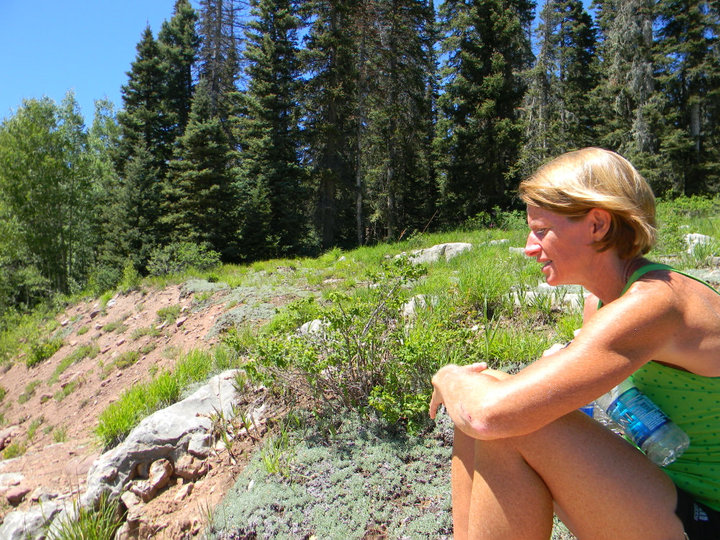Marathons and Sonnets
Sonnet writing is a lot like marathon training. No kidding. Last fall, I took a creative writing course at Valparaiso University, and the professor asked me why I didn’t just want to audit the class. I explained that I wanted to take the course for a grade because I needed the deadlines. I’m not just going to go out there and do three twenty-mile runs for the heck of it, and I’m not going to revise my writing over and over if I don’t have to turn it in. It makes perfect sense to me.
I write a lot, just like I run a lot. In fact, I write in my head all the time, usually when I’m running. The challenge is actually putting my thoughts on paper and sharing what I write. It scares the heck out of me.
The professor asked our class to write two poems, one short story, and two analytic essays. I was terribly disappointed. I wanted the fall semester to be my big break in becoming a real writer. I wanted to have a piece of writing due every week in the hope of having sixteen polished pieces to post on my then imaginary website. I wanted a weekly goal – just like in marathon training. And I wanted that sense of satisfaction you get when you just finished an eighteen-miler because you did your homework. You ran seventeen the week before.
When the first poem was assigned, I intuitively gravitated toward the sonnet:
- Sonnets have fourteen lines; some training schedules encompass fourteen weeks.
- Sonnets are often written in iambic pentameter, with stressed and unstressed syllables – kind of like hard/easy days on the run.
- Sonnets have a rhyme scheme: aabb, ccdd, eeff, gg. Marathon training schedules have a deliberate pattern of hill work, fartleks, long runs, and cross training. Like a reader gets immersed into an expectation of a rhyme scheme, the body adjusts to the work out. If you throw off the rhyme, you goof up the training – oops, I mean poem.
- Sonnet lines end in strong words not prepositions, conjunctions, or articles. Training weeks end in long runs, the key to gaining strength and stamina.
- Sonnets are a unique discipline; need I say more?
- Sonnets end in rhyming couplets – the twist in the pattern that creates thoughtful introspection. Training schedules end in a taper – the gradual reduction in mileage that leads to success.
- Sonnets require creativity; marathon training fosters it.
The next time you are out of a long run, consider creating a sonnet. If you want to change the rules, you can. Hal Higdon has yet to indite me for skipping my speed work.
